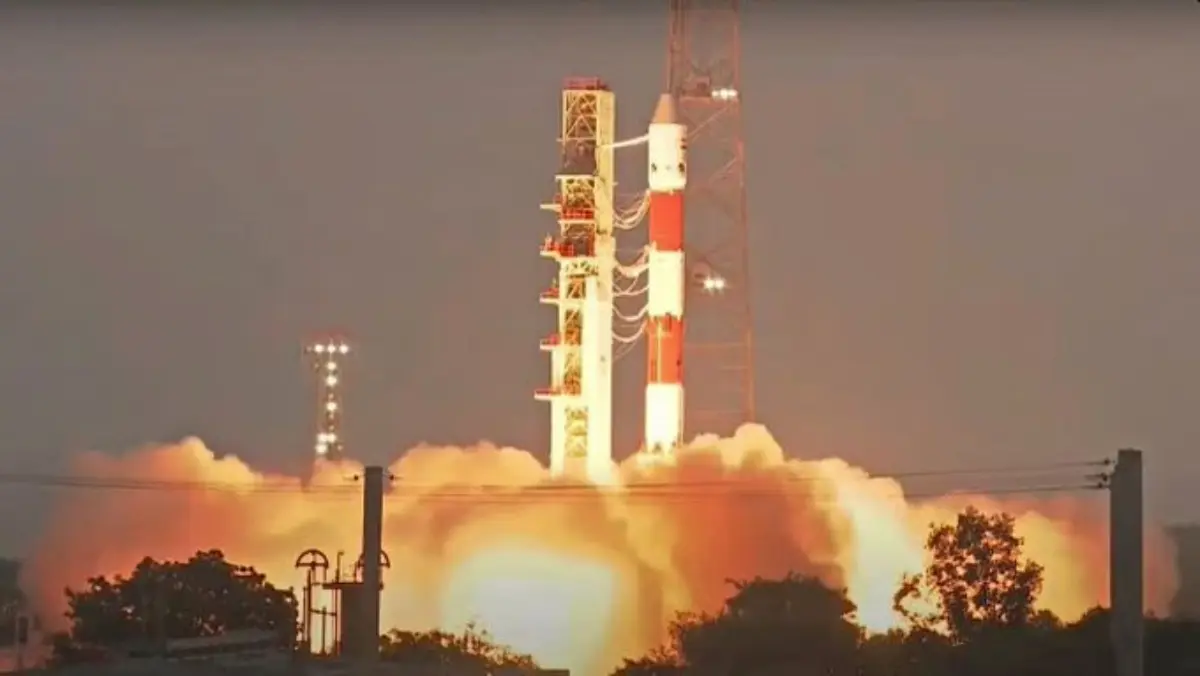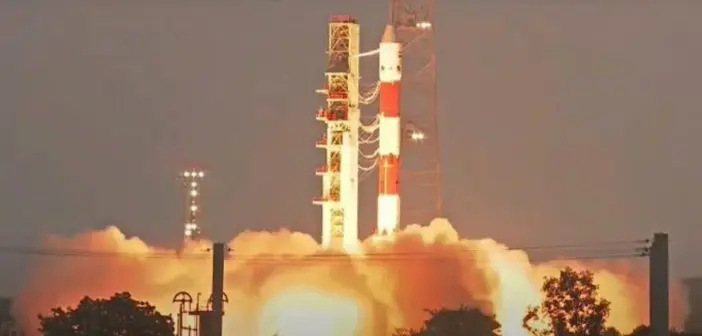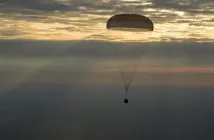
An Indian Space Research Organisation (ISRO) rocket carrying an Earth observation satellite into orbit on the weekend has malfunctioned around six minutes after lift-off.
The ISRO-manufactured Polar Satellite Launch Vehicle (PSLV-XL) launched from the Satish Dhawan Space Centre at 6.00 a.m. (local time) on Sunday, May 18, 2025. Onboard was a single 1,600 kilogram plus radar imaging reconnaissance satellite, EOS-09 (RISAT-1B), into Sun-synchronous orbit.
Among other roles, the satellite, one of a series of reconnaissance satellites built by ISRO, would have monitored India’s borders.
“The PSLV is a four-stage vehicle,” said ISRO Chairman V Narayanan later in the morning. “Up to the second stage, it was quite normal. The first stage performed perfectly, but due to an observation in the third stage, the mission could not be accomplished. After analysis, we shall come back.”
Cause of rocket failure unclear
It is not immediately clear what caused the rocket failure. However, Narayanan did say there was a fall in the chamber pressure of the motor case. The PSLV is ISRO’s workhorse launch vehicle and has operated 63 launches to date, with three failures to date. It is generally considered a reliable launch vehicle. The XL-version of PSLV vehicle, which features six strap on boosters, was on its 27th flight.
At around the six-minute mark, after the rocket’s third stage took over, it began deviating from its calculated trajectory and travelling at a lower altitude than what it should have. At this point, ISRO cut off the live feed.
It is ISRO’s second successive failure. In February, the GSLV-F15 mission was classed as a failure after its payload, a NVS-02 satellite, encountered propulsion issues and was stranded in a transfer orbit.
ISRO’s internal failure analysis committee and the government’s external committee are now expected to probe the failure of the PSLV. Their findings are expected within the next few weeks.
ISRO’s next scheduled launch is in June, when its Geosynchronous Satellite Launch Vehicle (GSLV) will ferry a synthetic aperture radar into orbit in a joint venture with NASA. The radar will continuously map the elevation of the Earth and its ice masses. Valued at USD1.5 billion, it will be the most expensive payload ISRO has ever attempted to put into orbit.
A setback for ISRO
Sreedhara Somanath, an aerospace engineer and former ISRO chairman, called the weekend’s failure a “setback for the GSLV mission.”
“I am aware of the formidable challenges we faced during the development of the third-stage solid motor – an endeavour marked by multiple failures,” he posted on X. “It is indeed unusual to witness such anomalies resurfacing at this stage.”
“Over the years, such challenges have only strengthened our conviction that failure is never defeat but rather a formidable tutor. Every towering success of ISRO has been forged in the crucible of adversity – shaped by lessons deeply learnt and courageously applied.”
India has ambitions of becoming a top-tier space nation. It plans to send its first human crewed mission to space in early 2027 and have the first module of its five-module Bharatiya Antariksh Space Station in orbit by 2028. If successful, it will become one of only three crewed space stations.





